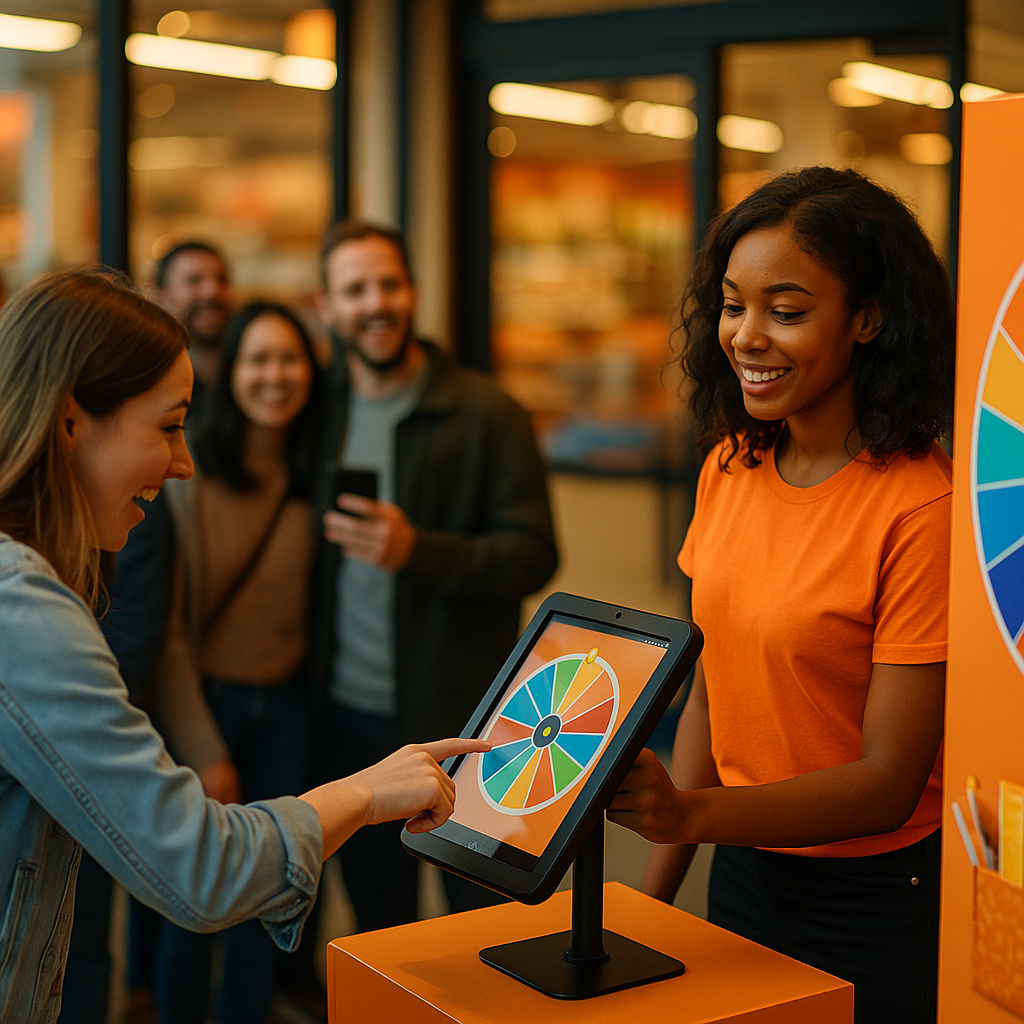Case Study: A Successful In-Store Retail Activation That Created a Social Media Moment
Harnessing the power of a strategic in-store retail activation can transform brand engagement and turn visitors into passionate brand advocates. This case study explores how one innovative activation in 2025 captured digital buzz and drove real-world results—revealing actionable strategies retailers can emulate. Ready to discover how in-store experiences ignite social media momentum?
Planning a Retail Activation With Viral Social Media Potential
Building a successful in-store retail activation starts with rigorous planning and a clear understanding of your audience’s digital habits. In 2025, leading brands begin with research, mapping both customer personas and the social platforms they frequent. This ensures the concept resonates both offline and online, greatly boosting amplification potential.
To ensure the activation was share-worthy, the brand in our case study used:
- Real-time social listening: By tapping into current trends and language their target demographic used, the campaign felt instantly relevant.
- Influencer pre-launch testing: Selected micro-influencers were invited for a sneak peek, generating early buzz and authentic content before the public launch.
- Integrated incentives: Exclusive offers and contests nudged shoppers to share their experiences online using a dedicated campaign hashtag.
This upfront groundwork was key: according to a 2025 Retail Insights survey, 78% of consumers say they’re more likely to post about in-store activations if prompted by a clear social media call to action.
Designing an Experiential In-Store Event for Content Creation
Experiential marketing has evolved. The most successful in-store activations now prioritize interactive elements that invite user-generated content. In this case, the brand converted retail floor space into an immersive brand story—designing every touchpoint for inspiration and photo-worthiness.
- Photo backdrop installations: Vibrant settings with dynamic lighting encouraged attendees to capture and share creative photos and videos.
- Sensory stations: Multi-sensory product testing, such as touch, scent, and taste zones, sparked honest reviews and live reactions on TikTok and Instagram Stories.
- Live AR filters: Shoppers could access branded augmented reality experiences in-store, instantly enhancing their content for social media and differentiating the activation from competitors.
Notably, the event space included seamless charging stations and free WiFi, responding to a 2025 consumer priority: 93% expect digital connectivity when attending brand activations.
Leveraging Partnership and Influencer Amplification
Strategic collaborations supercharge social impact. For this activation, the brand partnered with a local artist and enlisted regional nano-influencers for a two-pronged amplification approach. The artist co-created limited merchandise exclusively available at the event, attracting both media coverage and hyper-local fans.
The influencer team, carefully chosen for authentic alignment, provided:
- On-the-ground livestreams during the event’s opening hour, drawing thousands of real-time viewers and fueling FOMO.
- Behind-the-scenes reels that detailed the making of the experience, demystifying brand processes and cultivating transparency—a top trust factor for Gen Z shoppers.
Results were immediate. Within the first 24 hours, event hashtags trended regionally on X and Instagram. Earned media value, as tracked via 2025’s leading analytics tools, exceeded the in-store activation investment by a factor of 2.5 in its first week.
Measurement and Metrics: Proving Retail Activation ROI
No retail activation case study is complete without robust measurement. The brand leveraged cross-channel tracking to capture both digital and physical impact:
- Footfall analytics: In-store traffic jumped 53% over typical weekends, as measured by smart sensors and dwell time analysis.
- Redemption rate: Over 37% of unique social shares using the campaign hashtag were linked to event-only offer redemptions at checkout—tying online engagement directly to sales.
- Sentiment analysis: AI-powered tools categorized 98% of posts as ‘positive’, with users praising both the event design and the brand’s “shareability”.
Further, follow-up surveys conducted after the event showed a 64% intent-to-recommend lift among attendees—validating the effect of in-person experiences on long-term brand loyalty.
Lessons Learned: Key Takeaways for Future Retail Activations
This in-store retail activation offers repeatable insights for brands aiming to spark social media moments in 2025 and beyond:
- Prioritize content-friendly design: Every detail should invite smartphones and encourage organic sharing.
- Localize collaboration: Team up with both creative and local influencers to ensure genuine reach and resonance.
- Close the loop on measurement: Integrate POS data with social analytics to quantify campaign success holistically.
- Empower your staff: Training teams as “event guides” maximizes customer comfort and content capture opportunities.
Crucially, authenticity remains the North Star. Even the most high-tech activations succeed because shoppers feel involved and valued, not merely sold to—a conclusion borne out by every metric in this case study.
Conclusion: Social Moments Begin With Real-World Experiences
This case study demonstrates that blending inventive in-store activations with social media strategy can generate both immediate buzz and long-term loyalty. By prioritizing experiential elements, influencer partnerships, and rigorous measurement, brands in 2025 can confidently create memorable social media moments—and drive meaningful retail results.
FAQs: Retail Activation and Social Media Success
-
What is an in-store retail activation?
An in-store retail activation is a special event or experience designed to engage customers directly within a physical retail space, often with interactive elements that encourage participation and sharing.
-
How do in-store activations drive social media engagement?
Successful activations include photo-worthy installations, influencer involvement, and shareable incentives. These strategies inspire visitors to create user-generated content and spread awareness across their social networks.
-
How can brands measure the success of retail activations?
Brands use a combination of foot traffic monitoring, social media analytics, sales tracking, offer redemption, and post-event customer surveys to assess impact on both engagement and revenue.
-
What are the top trends in retail activations for 2025?
Key trends include integrating AR/VR experiences, collaborating with local creatives, leveraging nano-influencers, and ensuring seamless digital connectivity for all attendees.
-
What should brands avoid when planning a retail activation?
Brands should avoid generic or overly scripted experiences, neglecting digital shareability, and failing to measure results. Authenticity and a clear feedback loop are essential for long-term success.
